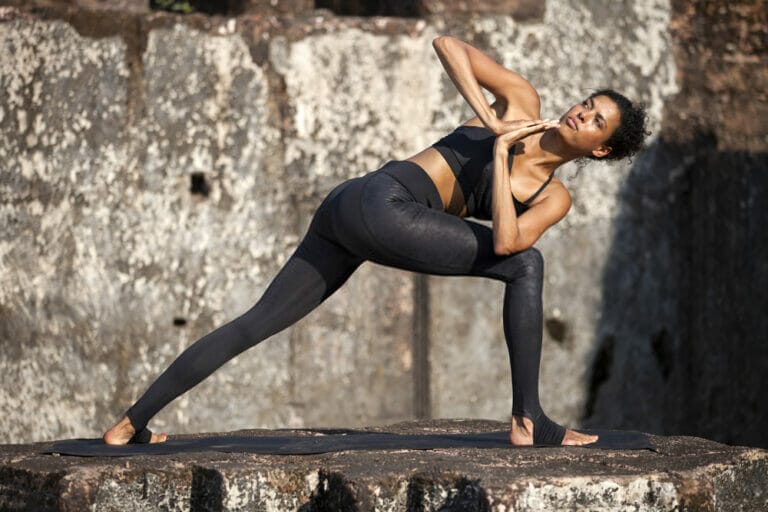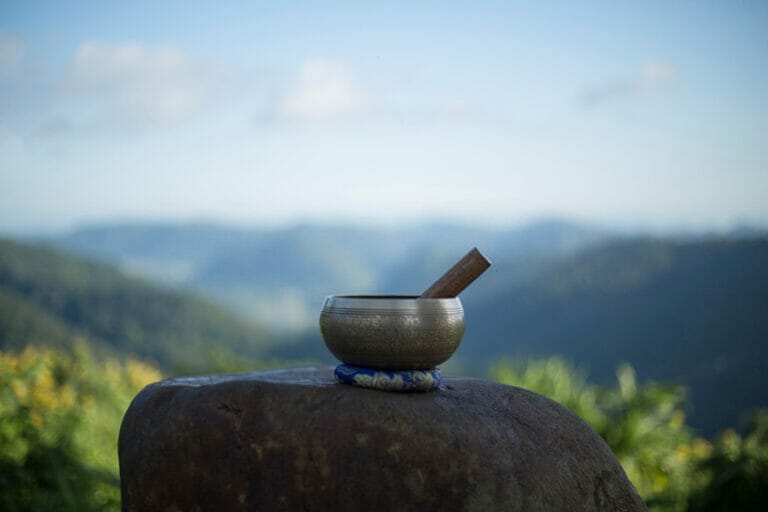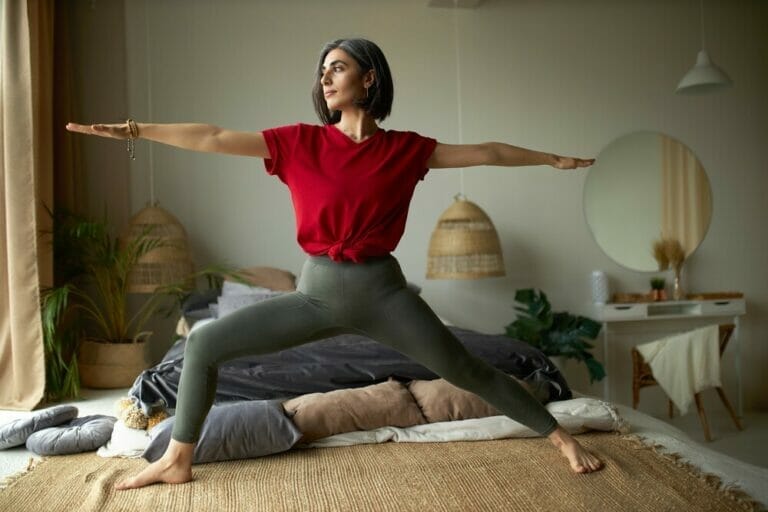Hatha Yoga vs Vinyasa
Hatha and Vinyasa yoga are two of the most popular styles of yoga in the world.
However, they are usually taught in studios rather than at home to people who do not have the proper equipment or space for regular practice.
This article will compare hatha yoga with vinyasa yoga and tell you the benefits of doing both; doing this will help you figure out what type of practice is best for you.
Let’s first learn a little about Hatha yoga.
What is Hatha yoga?
Hatha yoga is more relaxing, yet it does require the learner to perform various positions.

This yoga is deemed monotonous by experienced yogis, who prefer other types such as Vinyasa Flow, Bikram, Ashtanga, or Yin instead.
A typical Hatha Yoga class lasts 60 minutes, with 15 minutes of Savasana or Yoga Nidra included.
The benefits of hatha yoga
Hatha yoga is well-known for cleansing the body and keeping it disease-free. It also aids the body’s detoxification process and effectively relieves your body of unwanted desires such as smoking, drugs, and alcohol.
In addition, it helps you keep a healthy lifestyle by not overeating and thereby avoiding obesity.
You can also use hatha yoga to tone your muscles. A typical practice can help you reduce joint pains and improve blood circulation in the body.
It's also capable of maintaining balanced brain chemistry, raising your energy level, and increasing concentration.
What is vinyasa yoga?
Vinyasa is a great workout for those who enjoy working out and can expect to sweat even on the coldest days.

Although Vinyasa is designed to transfer heat through the body, some yoga studios offer Slow Vinyasa for individuals searching for a more Hatha-like experience.
A 60-minute Vinyasa Yoga class often includes 10 minutes of Savasana.
The benefits of vinyasa yoga
If you want to improve and strengthen your muscles all over your body, Vinyasa yoga is the yoga style for you. In addition, you can achieve transcendence during your meditation by incorporating music during yoga lessons.
The mind, body, and spirit open up due to the ideal blend of sound and varied poses and proper breathing techniques.
Vinyasa yoga mimics a dance-like movement as we move our bodies through a series of motions while appropriately combining breath exercises, which is why it is also known as Flow Yoga or Vinyasa Flow.
Vinyasa Yoga may be very beneficial for people new to yoga because they learn how to breathe more deeply through movement than in conventional Hatha yoga lessons.
The key differences between the two
- Hatha is based on the Ashtanga system, while Vinyasa is based on the Power yoga system.
- One significant difference between both types of yoga is breathing patterns. Hatha focuses more on balancing breath with alignment, while Vinyasa emphasizes moving in sync with your breath.
It might seem like a detail, but it does affect how you practice and what type of poses you can achieve.
It also comes into play during meditation because most people find it easier to be still when focused on their breathing.
- Hatha moves in a slow, deliberate manner. Vinyasa has a higher degree of focus on the body and speed than Hatha.
- Hatha uses more props such as blankets, chairs, blocks, and mats, while Vinyasa uses her own body to establish balance and support throughout the poses.
Which one is the best for you?
The type of yoga ideal for you depends on various factors, just like any other form of exercise.
If you’re looking for a more gentle form of yoga, try Hatha yoga.
- You are new to yoga and have a low level of fitness,
- You want to focus on core strength or posture
- You want to reduce stress as much as possible
- You prefer a more relaxed, slower pace.
If you’re looking for a more challenging workout, try vinyasa yoga.
- You are knowledgeable about yoga poses and how to perform them.
- Have a strong level of fitness and want to obtain cardio and strength training.
- You like being challenged throughout your yoga session.
Conclusion:
If you want to increase flexibility and balance, try Hatha. And if you want to increase strength and improve posture, try Vinyasa.
Try both and see which one works best for you. You might like the ease of doing one and crave the intensity of the other.
On the other hand, you might find that a combination of both yoga styles offers the best balance for you. It’s all up to your personal preference.







